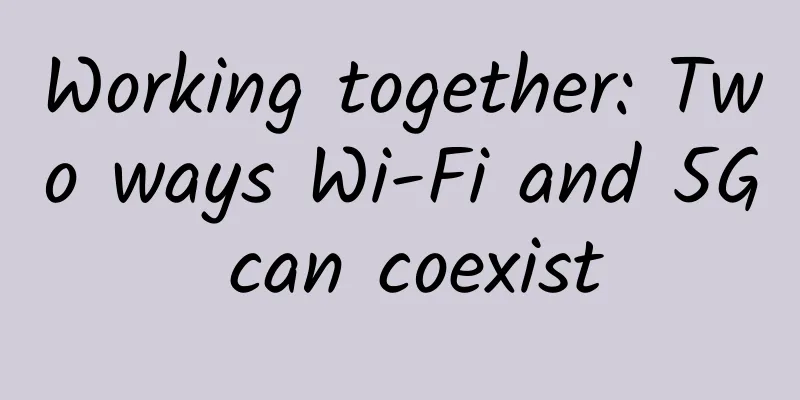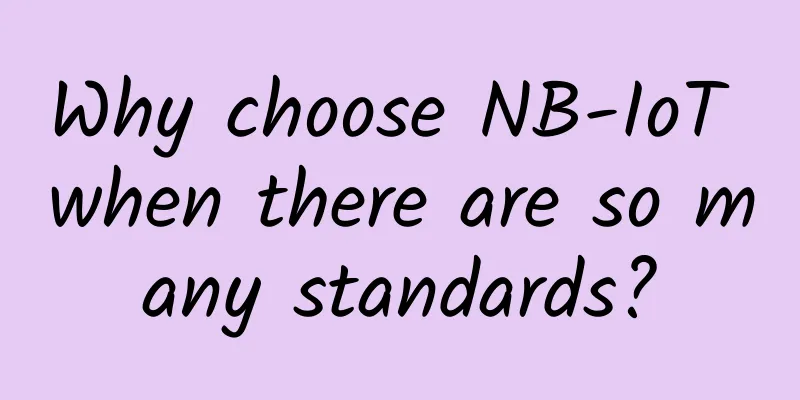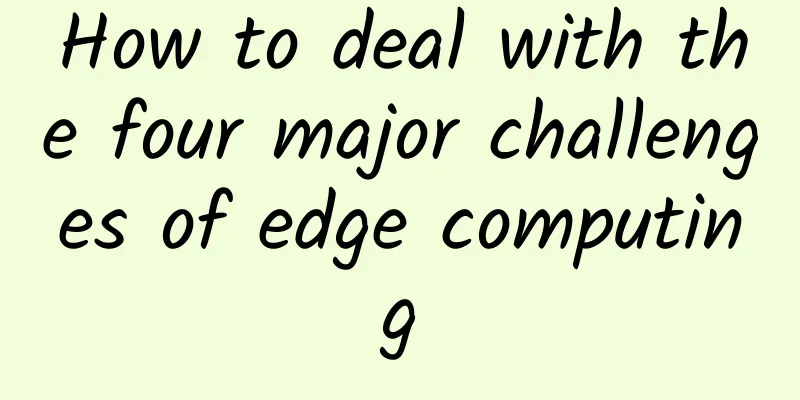How far can a SaaS company go? Mainly determined by these two indicators
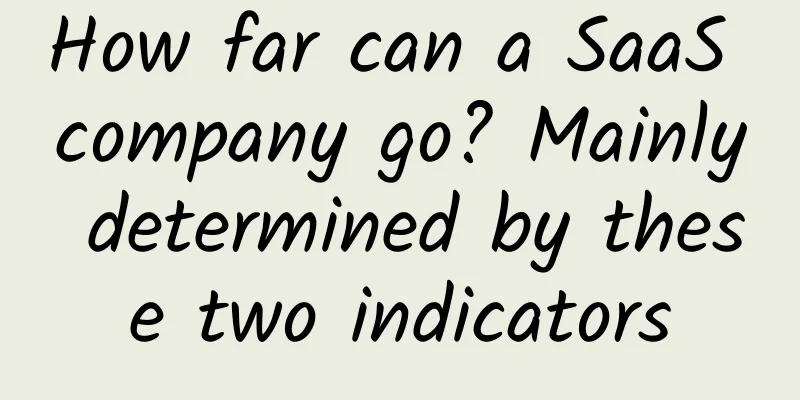
|
To see the current status of a SaaS company and how far it can go, you don’t need to analyze so many North Star indicators. In fact, just two indicators are enough: customer lifetime value (LTV) and customer acquisition cost (CAC). Maybe you think you are very familiar with these two indicators; but what I want to talk about is not these two indicators, but the things behind the indicators. 01 Re-understanding customer lifetime value We all know that LTV is the sum of all revenues that a SaaS company can obtain from a customer. Perhaps you think that LTV is a predictive indicator about the "future" and has nothing to do with the current business situation. But isn't this year the future of last year and the year before? The future now is next year, or at most the year after. In fact, when using the LTV indicator in China, don't think that far ahead; the domestic SaaS customer life cycle can be seen for three years, and it is too much to think longer than that. Therefore, LTV is not about the future, but is closely related to current operational actions. We used to say that the essence of SaaS is renewal; in fact, a more accurate statement should be that the essence of SaaS business is the LTV of the business. The difference between the two statements is that renewal can be manipulated, but LTV cannot. For example, even if the user has stopped using the service, sales or CSM can still collect the renewal fee. This is a skill, not the essence. LTV is not essentially a measure of results, but a business goal. In other words, for SaaS, LTV can be improved through optimized customer acquisition processes. To understand this, let's first look at the elements that make up LTV. (1) One-time revenue: customer first payment, implementation fee and integration fee; (2) Recurring revenue: mainly subscription fees, but can also include usage fees, such as text messaging; (3) Incremental revenue: increasing the number of users, upgrading to advanced versions, and purchasing other services; (4) Net customer retention: Please refer to the previous article for the calculation formula; (5) Customer life cycle: Customers terminate their service contracts for various reasons. The reason why we separate the various revenues is that the gross profit margins of various revenues are different. For example, the gross profit margins of implementation fees and subscription fees are very different, so the focus of customer acquisition is recurring revenue, rather than making money from other non-recurring content such as implementation. Although we cannot directly control LTV, we can promote the growth of LTV by optimizing its components. For example, there is still a lot of work to be done in terms of increasing customer life cycle and improving customer net retention. To sum it up in one sentence: if you want to increase LTV, there must be a way to increase it. After the SaaS business enters normal operation, the advantages of its profit model gradually emerge. That is, due to the continuous contribution of recurring income, the LTV trend is gradually increasing, as shown in the figure below. After discussing LTV with a management team, they immediately asked me to provide methods and measures to improve LTV. So, here is a question: Is the higher the LTV, the better? In fact, this is not necessarily the case. First, the LTV itself does not indicate whether your SaaS is profitable. Second, increasing LTV also requires costs, namely the customer acquisition cost CAC. Only when LTV is much greater than CAC can SaaS be a profitable business. 02 Customer acquisition methods and customer acquisition costs determine success or failure When acquiring SaaS customers, two issues need to be addressed simultaneously: whether customers can be acquired, and the cost at which they can be acquired. What is SaaS customer acquisition? The concept of customer acquisition in toC and its customer acquisition tools have been very popular recently, and are likely to spread to the SaaS field. However, although both processes are called customer acquisition, they are fundamentally different in methods, purposes and considerations. First of all, the customer acquisition method. SaaS procurement is a complex enterprise procurement behavior, and it is difficult for enterprises to be fooled by exaggerated customer acquisition marketing. The customer acquisition routine of toC is not applicable to SaaS. SaaS has its own customer acquisition logic, which is mainly reflected in the sales process design of SaaS. The second is the purpose of acquiring customers. For toC, there is no need to consider the rationality of customer purchases, that is, the transaction is the purpose, such as live streaming. For SaaS, transaction is not the ultimate goal, but retention is; and the sign of successful customer acquisition is that the customer has the conditions for continuous subscription. Finally, there is the consideration of customer acquisition. Different customer acquisition methods produce different customer acquisition quality. The so-called customer acquisition consideration is the evaluation of customer acquisition quality. I usually recommend dividing customer acquisition quality into three levels: A, B, and C. A represents high-quality customers who can be retained without care; while C represents low-quality customers who need more services to be retained. While this type of customer increases LTV, it also consumes service costs and even research and development costs. In summary, SaaS customer acquisition requires a systematic management method. The ultimate consideration for customer acquisition is an evaluation method that integrates the quantity, quality and cost of customer acquisition. Why is customer acquisition cost important? If we ignore the cost, it is not difficult to acquire customers for SaaS, so CAC is an important indicator. The formula for calculating SaaS customer acquisition costs is: CAC = marketing and sales expenses / number of new customers acquired during the same period. However, from the perspective of the SaaS profit model, all investment costs before delivery should be included in CAC, including implementation costs. Usually SaaS companies include implementation and training costs in service costs, but for SaaS, only after the implementation and delivery are completed, the customer is truly acquired. I often ask marketing or sales staff to estimate CAC, and then use the company's data to calculate CAC. The difference between the two is more than ten times. The main reason is that the cost perspective is different, which seriously underestimates CAC. This just shows that there must be some issues being overlooked in the customer acquisition process. Although there are many reasons for the increase in CAC, the most important reason is still efficiency, and the biggest impact is sales efficiency. For example, inappropriate sales processes, a lot of useless work, extended sales cycles, and a lot of costs spent on the wrong customers will all reduce sales efficiency. CAC largely determines whether a company can make a profit. For a mature SaaS company, as the customer acquisition process is optimized, the CAC curve gradually decreases and finally reaches a steady state, as shown in the figure. 03 How to optimize the cost of SaaS business After clarifying the relationship between LTV and CAC, our goal became how to effectively increase LTV while reducing CAC, which is also a necessary capability for any SaaS company to survive. Optimize customer service costs Since the improvement of LTV depends on the joint effect of customer acquisition process and customer success process, it is necessary to increase investment in customer service. Although this cost does not belong to CAC, it will squeeze out part of the profit in advance. Similar to customer acquisition costs, customer service costs CSC need to be calculated and allocated reasonably. By reasonable, we mean that we should neither blindly increase the number of CSMs nor regard CSM as a pure cost. The formula for calculating customer service cost is: CSC = total service cost / number of active customers. In order to measure the benefits of customer service, it is necessary to calculate LTV/CSC to evaluate the role of customer service in increasing LTV. How to Lower CAC Because the factors that affect CAC are complex, there is no unified method. The method I usually give is to make a list of improvements to the key factors that affect CAC, and then propose improvement measures item by item based on the specific situation of the company. The most important of the key factors is the customer acquisition process, which can also be understood as the sales process. A common mistake SaaS companies make in terms of customer acquisition processes is to use the same customer acquisition process at different stages of the company's development, which makes CAC remain high or even increase. In fact, in order to effectively reduce CAC, a SaaS company needs at least three different customer acquisition processes from the beginning to the different stages of the business. (1) Initial customer acquisition strategy: At this stage, the company’s primary task is to match and meet the needs of the enterprise, followed by orders. If the pursuit of orders is put first, the matching problem between the initial product and the business needs of the enterprise will lead to extremely high CAC and excessive capital consumption. (2) Mid-term customer acquisition strategy: At this stage, the company’s focus is no longer on demand matching but on order fulfillment. This is the norm for most SaaS companies, which means that the quality of customer acquisition can be temporarily ignored because only orders can help them survive. However, the hidden danger is that the quality of customer acquisition will affect LTV. (3) Long-term customer acquisition strategy: At this stage, the company’s focus is no longer simply on pursuing orders, but on completing orders with high quality and creating high-quality customers to increase LTV. 04 How to measure the operating level of SaaS Using the combined consideration of LTV and CAC, the operating levels of SaaS companies can basically be divided into three categories. (1) Ideal operating level: This is the LTV-CAC trend chart of successful SaaS companies. The core problem they need to solve is how long it will take to reach the balance point where LTV=CAC. In fact, it is only the balance point between LTV and CAC, and it is far from the profit point. Because CAC is only the cost related to marketing and sales, and the costs of R&D and management are not included. The formula LTV/CAC>3 circulated in the industry is used to illustrate this situation. Although the background and basis of this formula are still unknown, it seems that the margin may not be large enough when used in the domestic SaaS field. (2) General operating level: The LTV trend is improving, but the CAC cannot be reduced. In other words, it takes a long time to reach the balance point of LTV and CAC, and the funds are always in a state of deficit during this period. (3) Poor operating level: It is difficult to increase LTV, while CAC remains high. This situation is usually caused by encountering serious problems without solving them, and relying on burning money to maintain operations for a long time, and the demand for funds has become a bottomless pit. Finally, in summary, although improving from a poor to an ideal operating level is a systematic task, the most visible effect is to improve the efficiency of SaaS sales. |
Recommend
A 10,000-word article that explains computer networks with pictures!!!
[[383719]] The author has developed a simple, sta...
Cisco: Continuous innovation to create an inclusive future
On June 14, Cisco's annual networking and sec...
spinservers: 10Gbps high-end San Jose server, $109/month, dual E5 2650Lv3/64GB/1.6T SSD hard drive
spinservers is a site under Majestic Hosting Solu...
How does 5G unlock the development potential of VR?
In March 2014, Facebook announced that it would a...
Teach you Socket communication (TCP/IP) step by step
Two programs on the network exchange data through...
H3C focuses on new infrastructure to safeguard 5G commercial use
The current "new infrastructure" boom i...
How difficult it is to increase network speed and reduce fees
In response to the livelihood issue of "spee...
A sensible network engineer should have learned to handle this kind of failure long ago.
Hello everyone, I am Lao Yang. I have said many t...
What is RedCap technology in 5G R17?
A few days ago, 3GPP announced the freezing of th...
Chip, mobile phone, and communication index: Whose 5G performance was the most eye-catching in the first half of the year?
As of the first half of 2021, China Mobile has op...
5G: Retracing the path of 4G?
2 years, 350 million. This is the answer given af...
Sharktech cloud server 35% off annual payment starting at $33, 2G memory/40G hard drive/4TB traffic/multiple computer rooms available
Sharktech, also known as SK or Shark Data Center,...
When will 5G become mainstream, or is it already mainstream?
Is 5G still waiting for a "killer app"?...
Small companies can also have big innovations: the story behind Zhejiang Mobile's "dedicated through train"
1. Introduction The wave of "mass entreprene...
Sharktech Spring Offer: Los Angeles High-Defense Server 1-10Gbps Unlimited Data Starting at $59 per Month
It has been a long time since I shared informatio...

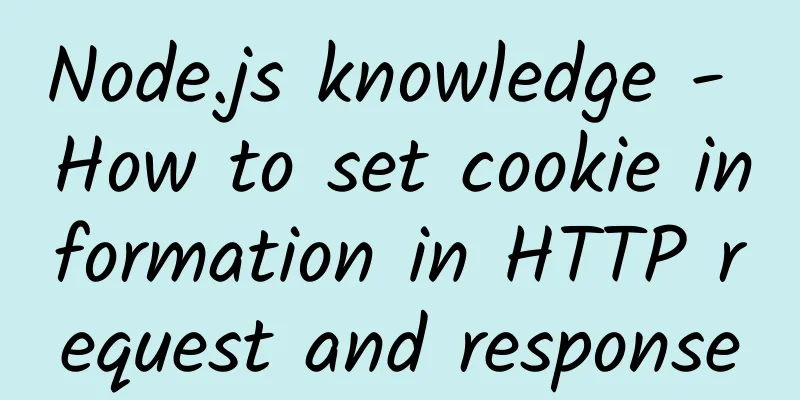
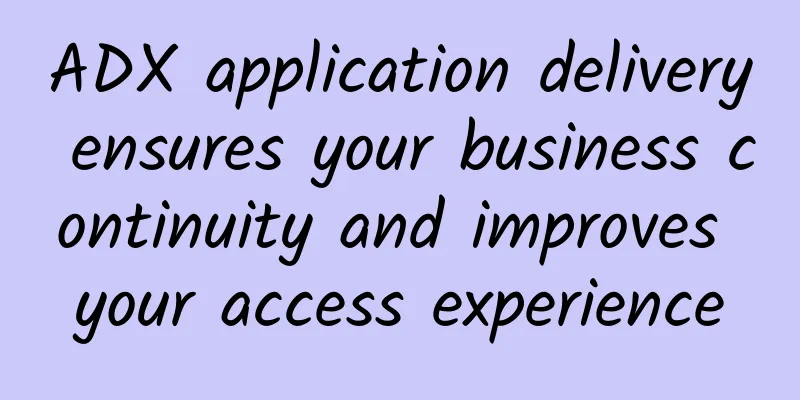
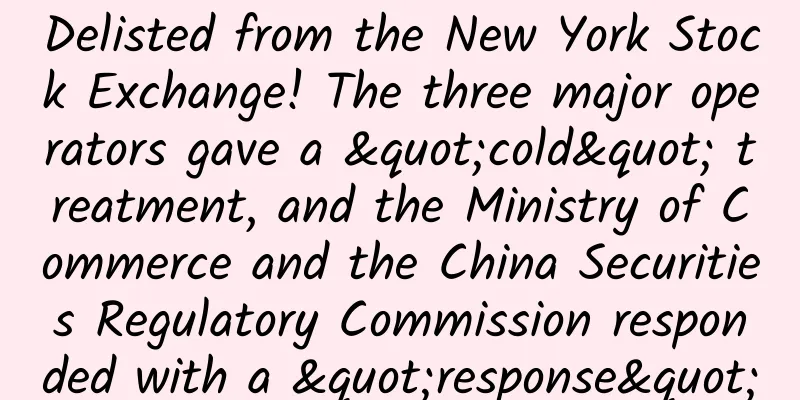
![[6.18] RackNerd: $17.88/year KVM-1.8GB/18GB/5TB/Los Angeles Data Center](/upload/images/67cac3467c835.webp)
